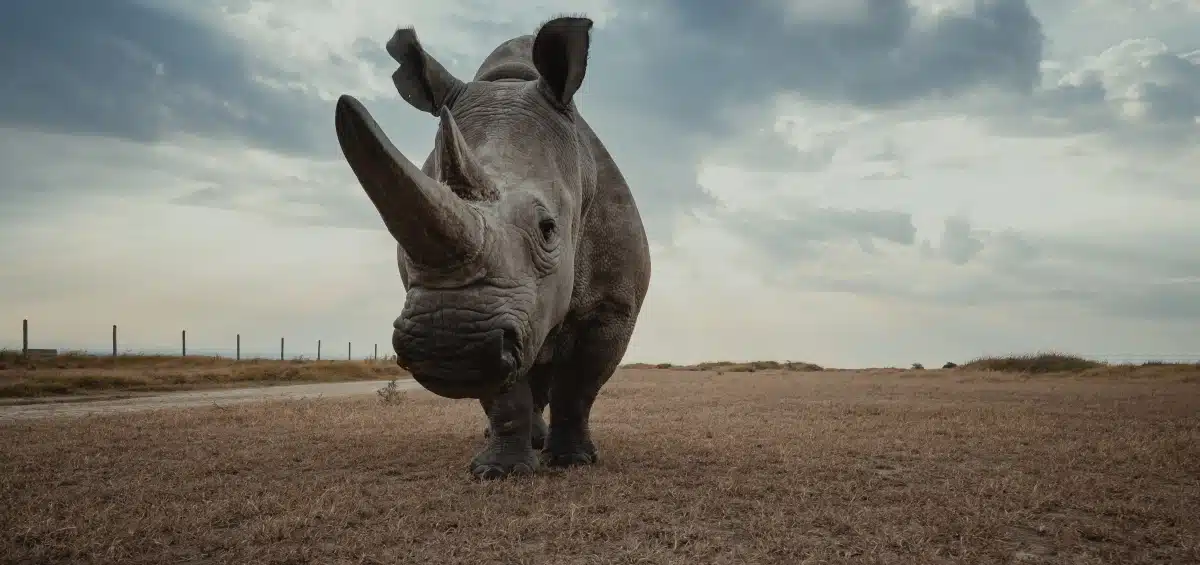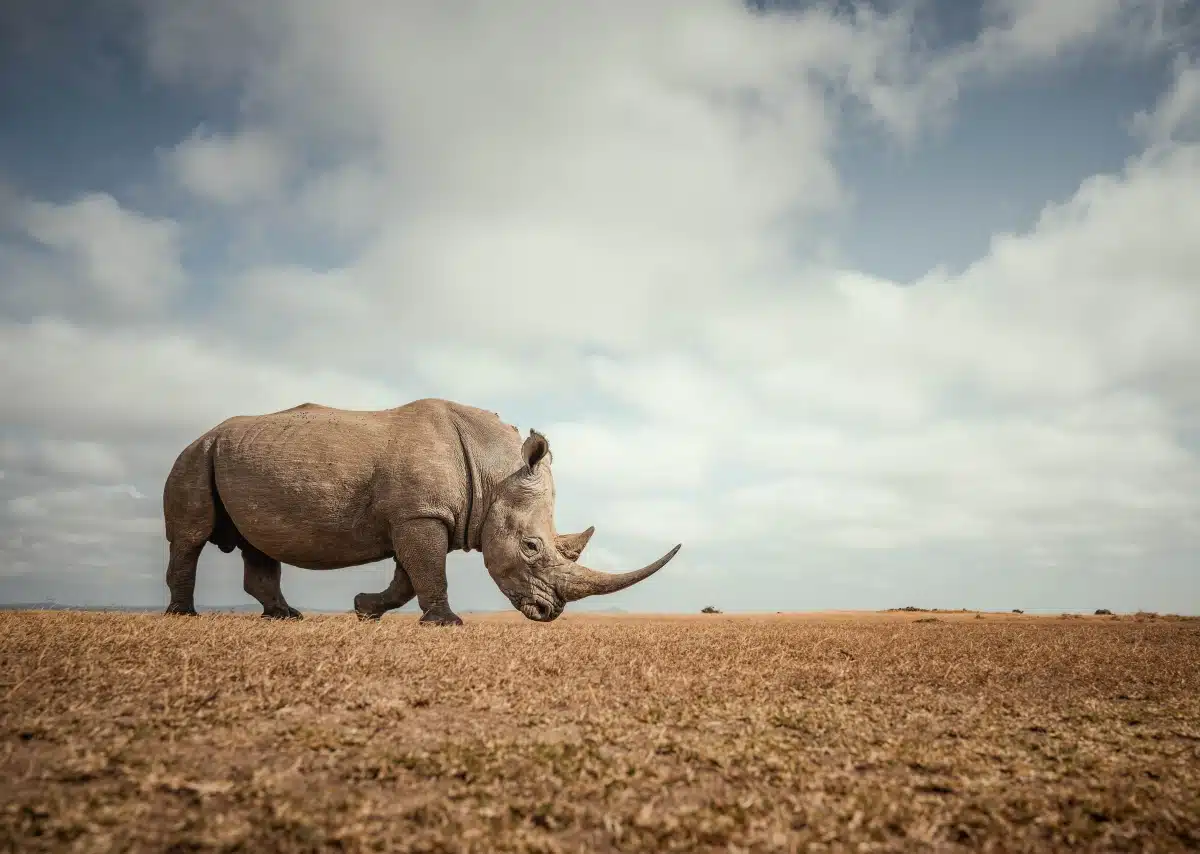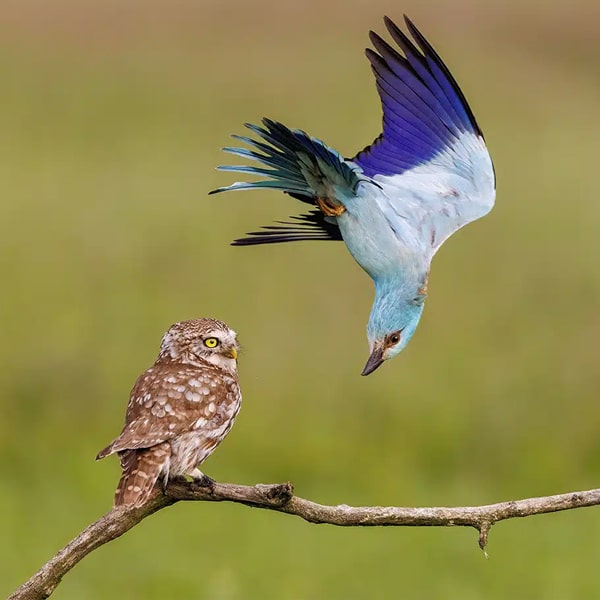
The plight of the Northern white rhinoceros puts into clear focus the threats that face all endangered species. The lone remaining members—Najin and Fatu—are closely guarded at the Ol Pejeta Conservancy in Kenya and carry the hope of the entire species. Their story intrigued Indian-American wildlife photographer Mital Patel, who traveled to Africa to document their story and learn more about the caretakers who dedicate their lives to protecting them.
It was a natural step for Patel, whose artistic nature and wildlife photography help shed light on the state of our planet. Whether documenting baby penguins in Antarctica or an explosive volcano in Guatemala, his work brings us closer to the natural world. Committed to helping the world that gives him so much inspiration, a portion of his art sales is regularly dispersed to organizations that help the environment, including WildAid, Tsavo Trust, and the Ol Pejeta Conservancy.
We had a chance to speak with Patel about how his love for photography grew, why he feels it's important to focus on conservation stories, and about his time with the Northern white rhinos. Read on for My Modern Met's exclusive interview and prepare to be inspired.

When did your relationship with photography begin?
I started at the age of 12, when I was given my first camera. I started off documenting family moments, and I always had a camera with me. Over time, I focused on my studies and then later, my family. It wasn’t until 2014 that I started to go deeper into what has become my current photography practice. I started visiting the U.S. National Parks and that sparked a deeper passion for photography. And later when I traveled to Africa, I began to see the unique possibilities of wildlife photography.


What pushed you to direct your focus toward wildlife and conservation stories?
I have always had a passion for animals. After photographing and exhibiting them in galleries, I still felt something was missing. I still wasn't being fulfilled. Over the past two years, I've spent more time working with several wildlife conservation groups. Helping their causes has allowed me to continue with this passion and create an even stronger conceptual connection between the work and the reality of these animals and ecosystems.
Last year, I had the privilege of spending time with two of the last remaining Northern white rhinos—Najin and Fatu. They are guarded 24/7 for their protection. I worked with their senior caretaker to learn about the rhinos’ story and conservation efforts. I wanted to give my photography a purpose, use it to give back, share these stories, and perhaps raise awareness.


What interests you the most about the story of the last two Northern white rhinos?
How there’s hope. By using science and technology, scientists are working to bring back the species and are testing using IVF with a surrogate mother. This project ultimately tells a story of fragility but also of resilience.
Can you describe your feelings when you first saw these animals?
I was in absolute awe. I felt joy being able to witness these rhinos in person—to stand next to them, touch them, and feel their skin’s texture. It was definitely humbling—the feeling that we are not the only essential beings here. The natural world is interconnected and I hope this project and all my work can illuminate how much we share and how much is at stake.


What was the most impactful part of your time at the Ol Pejeta Conservancy?
Spending one-on-one time with the rangers, guides, and caretakers. Experiencing the Northern white rhinos, joining the rangers on a lion tracking journey, and getting a first-hand demonstration of the anti-poaching K9 unit.
What sort of impact do you feel photography can make in the conservation world?
Photography can help bring people and conservation together by bringing the viewer much closer to nature and hopefully feeling the emotion translated from the photograph to the viewer. The world can seem so vast that the challenges it is facing can seem distant and out of our hands. Photography can narrow the gap, bringing us closer together to the reality of our world and demonstrating that these places we may never set foot on ourselves are still very much a part of our shared story.


What do you hope that people take away from your work?
To see that we are not alone on the planet, to help, and to do one's part to maintain what we have. To feel an emotional connection to the natural world.





















































































